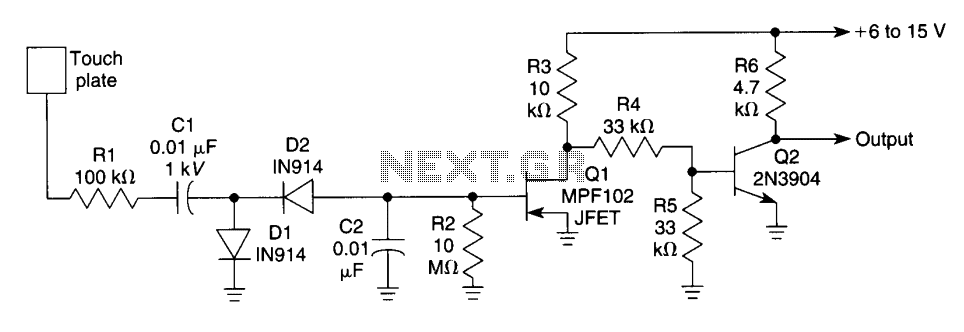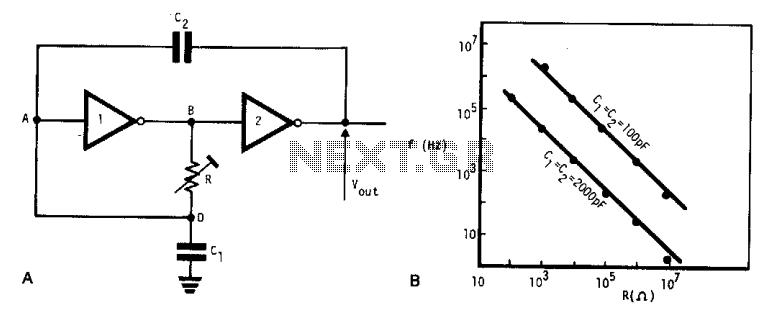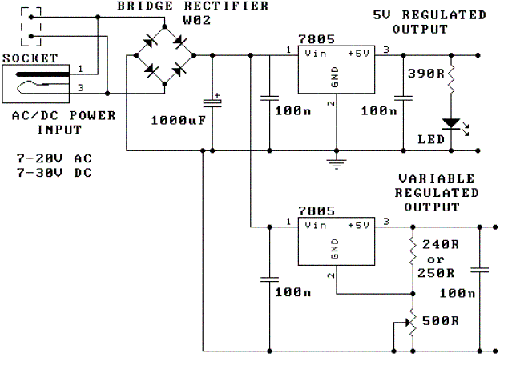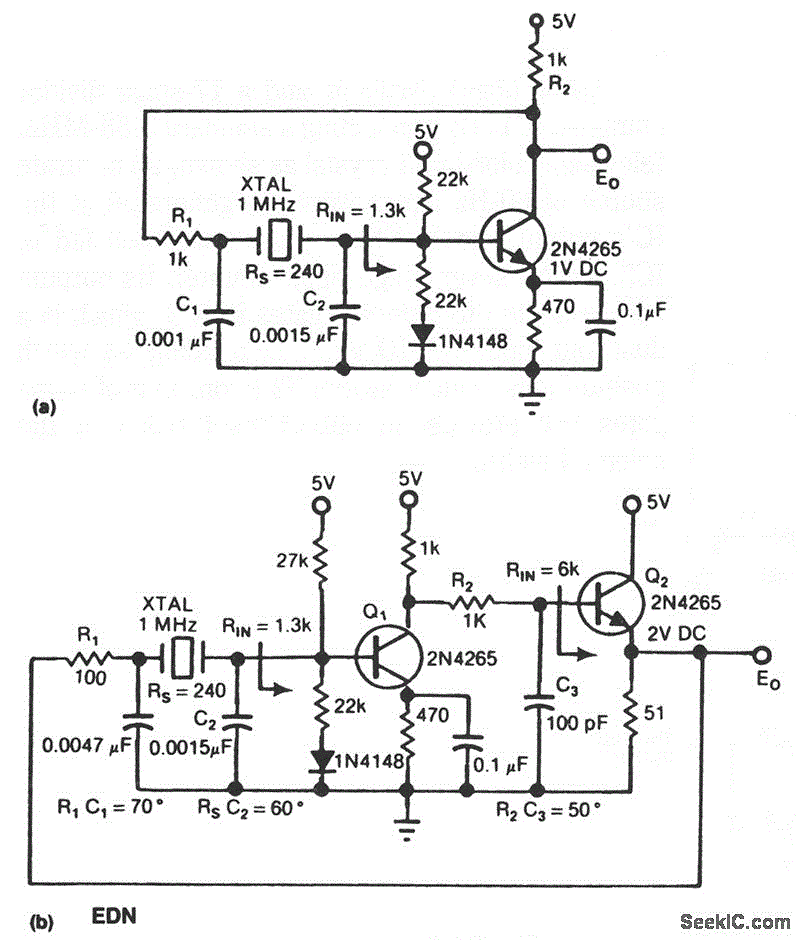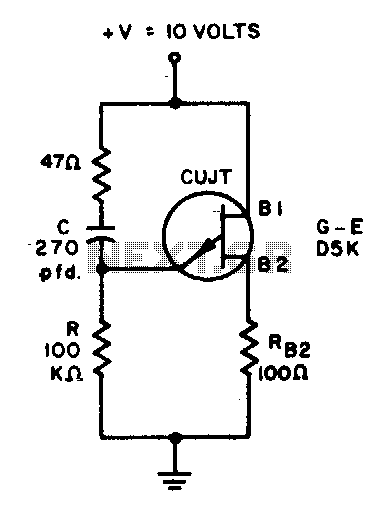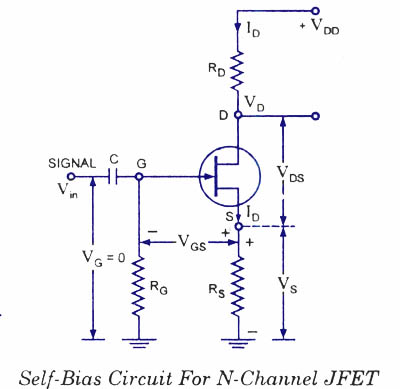
FET Based Phase Shift Oscillator
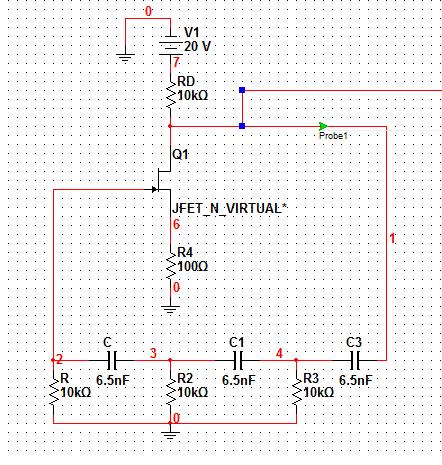
Assistance is required for the design of a FET-based Wien bridge oscillator and its simulation using PSpice. Any suggestions would be appreciated.
The Wien bridge oscillator is a type of electronic oscillator that generates sine waves. It employs a bridge circuit consisting of resistors and capacitors, with the addition of a variable resistor to maintain oscillation. In this case, the use of Field Effect Transistors (FETs) provides high input impedance, which is beneficial for minimizing loading effects on the circuit.
To design a FET-based Wien bridge oscillator, the following components and steps are typically involved:
1. **Circuit Configuration**: The basic configuration includes two resistors (R1 and R2) and two capacitors (C1 and C2) arranged in a bridge format. The FET will be used as an amplifier to provide the necessary gain for oscillation.
2. **Component Values**: The frequency of oscillation can be determined using the formula:
\[
f = \frac{1}{2\pi R_{1}C_{1}}
\]
where R1 and C1 are the resistive and capacitive components in the feedback loop. The values of R2 and C2 should be selected to match R1 and C1 for balanced conditions.
3. **Gain Adjustment**: A variable resistor (potentiometer) is typically included in the circuit to adjust the gain of the amplifier. This adjustment is critical for starting and maintaining oscillation, as the gain must be slightly greater than one for oscillation to initiate.
4. **FET Selection**: The choice of FET is important; it should have low noise characteristics and high transconductance to ensure stable oscillations. Commonly used FETs include the JFET or MOSFET types.
5. **Simulation in PSpice**: After designing the circuit, it can be simulated using PSpice. The simulation should include the FET model, along with the resistors and capacitors. It is essential to analyze the transient response to confirm that the circuit oscillates at the desired frequency and amplitude.
6. **Output**: The output can be taken from the junction of the resistors and capacitors in the bridge. This output can be connected to further stages for amplification or processing, depending on the application.
In conclusion, the FET-based Wien bridge oscillator is a versatile circuit for generating sine waves, and careful consideration of component values and configurations will ensure successful operation. Simulation tools like PSpice provide valuable insights during the design process, allowing for adjustments before physical implementation.Hi I need help with design of a FET based wien bridge oscillator and simulate it using pspice. Any suggestion?.. 🔗 External reference
The Wien bridge oscillator is a type of electronic oscillator that generates sine waves. It employs a bridge circuit consisting of resistors and capacitors, with the addition of a variable resistor to maintain oscillation. In this case, the use of Field Effect Transistors (FETs) provides high input impedance, which is beneficial for minimizing loading effects on the circuit.
To design a FET-based Wien bridge oscillator, the following components and steps are typically involved:
1. **Circuit Configuration**: The basic configuration includes two resistors (R1 and R2) and two capacitors (C1 and C2) arranged in a bridge format. The FET will be used as an amplifier to provide the necessary gain for oscillation.
2. **Component Values**: The frequency of oscillation can be determined using the formula:
\[
f = \frac{1}{2\pi R_{1}C_{1}}
\]
where R1 and C1 are the resistive and capacitive components in the feedback loop. The values of R2 and C2 should be selected to match R1 and C1 for balanced conditions.
3. **Gain Adjustment**: A variable resistor (potentiometer) is typically included in the circuit to adjust the gain of the amplifier. This adjustment is critical for starting and maintaining oscillation, as the gain must be slightly greater than one for oscillation to initiate.
4. **FET Selection**: The choice of FET is important; it should have low noise characteristics and high transconductance to ensure stable oscillations. Commonly used FETs include the JFET or MOSFET types.
5. **Simulation in PSpice**: After designing the circuit, it can be simulated using PSpice. The simulation should include the FET model, along with the resistors and capacitors. It is essential to analyze the transient response to confirm that the circuit oscillates at the desired frequency and amplitude.
6. **Output**: The output can be taken from the junction of the resistors and capacitors in the bridge. This output can be connected to further stages for amplification or processing, depending on the application.
In conclusion, the FET-based Wien bridge oscillator is a versatile circuit for generating sine waves, and careful consideration of component values and configurations will ensure successful operation. Simulation tools like PSpice provide valuable insights during the design process, allowing for adjustments before physical implementation.Hi I need help with design of a FET based wien bridge oscillator and simulate it using pspice. Any suggestion?.. 🔗 External reference
